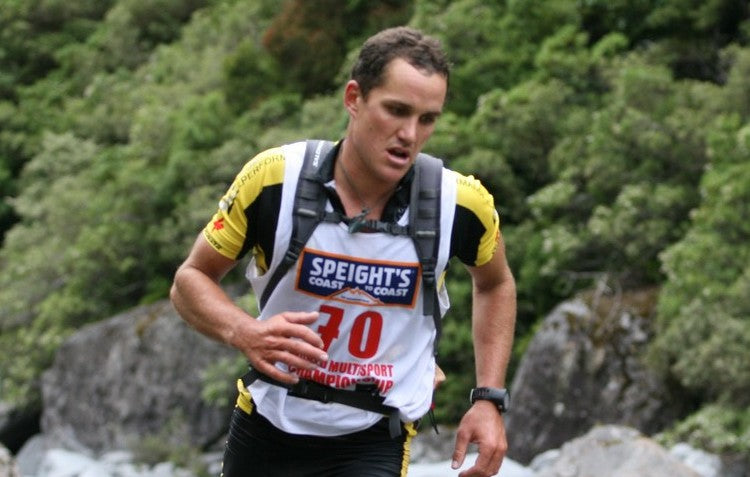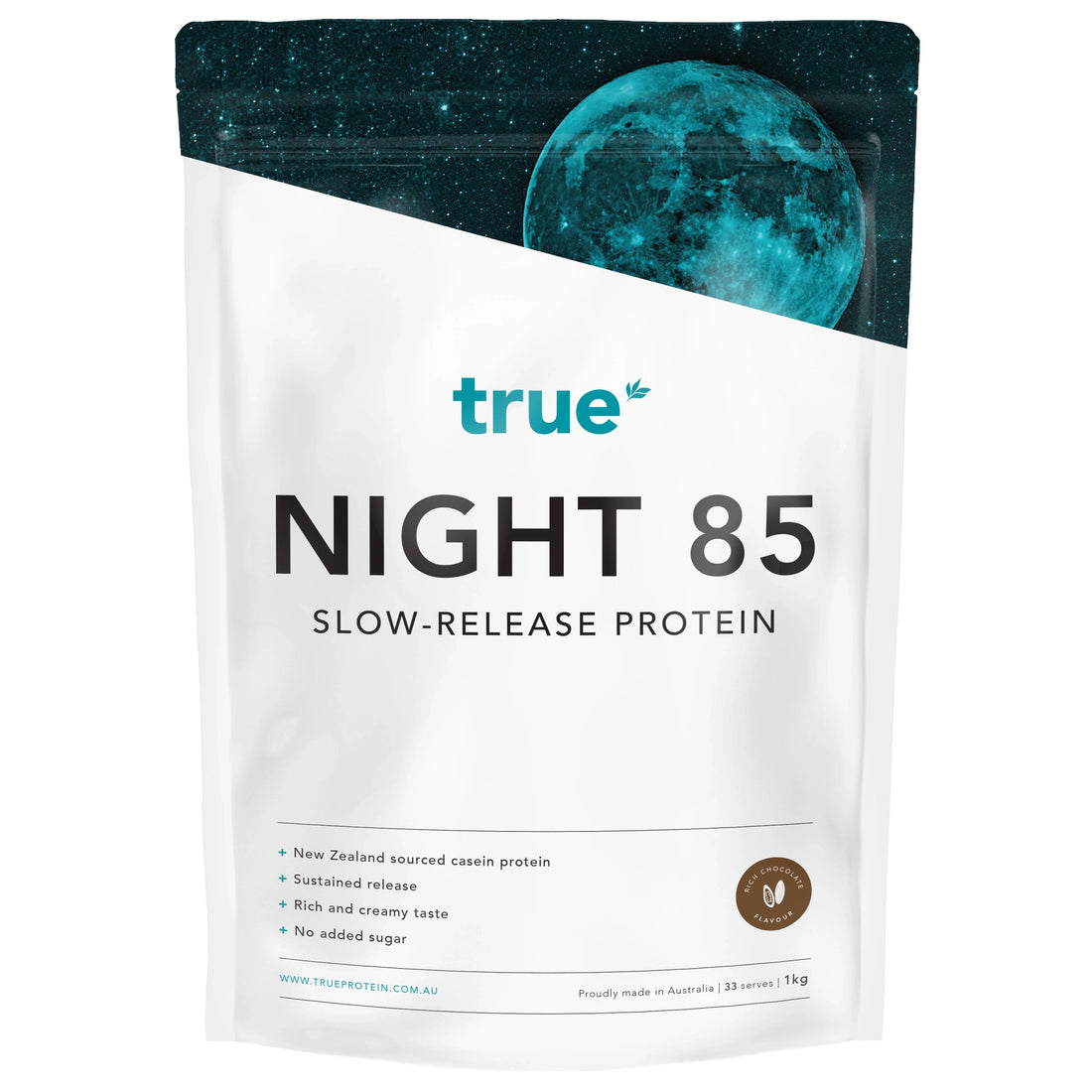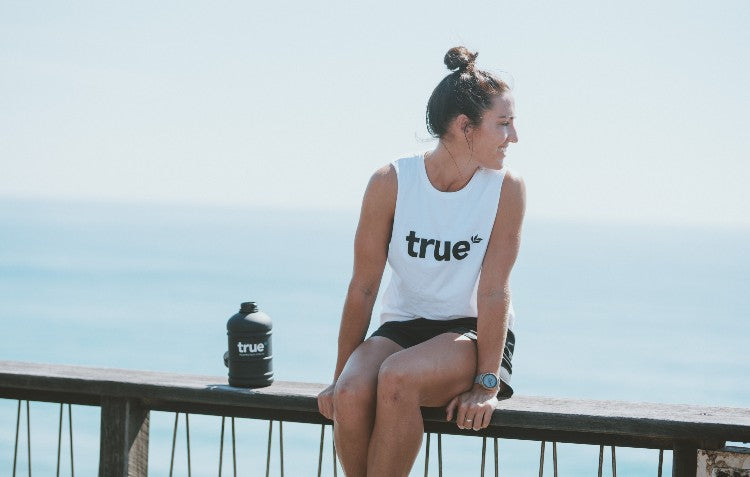I grew up on a farm in mid Canterbury NZ. Accordingly, my staple diet was the classic meat and 3 veg. The farming culture is traditionally old school, but ironically it seems the new age nutrition approach for endurance athletes is centred around the concept of paleo, and or LCHF (low carb, high fat). In some ways I feel like I have just gone back to my roots.
When I first started out racing, the trend at the time was a high carbohydrate diet both during training and in the lead up to a race. My first big racing focus when I was an amateur was the Coast to Coast. A race that spans the width of NZ and includes kayaking, road biking and mountain running. It takes about 11.5hrs to complete. I was 19 years old, living in a caravan by the lake and training by feel. At that age this meant that I pretty much just went out and smashed myself until I was exhausted each day. My low-budget fridge contained a leg of ham (gifted from my parents), a loaf of multigrain bread, a few cans of spaghetti, a bag of muesli, carton of milk, and a block of cheese – and I can’t forget the bag of potatoes and bag of chops also given to me by my dad. I became the lightest version of myself and it was clear my digestion was pretty poor. But at 19 years old you can get away with it, and I did, earning a 3rd place in my first-year racing.
After meeting my wife, who had a degree in sports science and was in process of studying naturopathy, my eating habits began to change. During this time we were working together to develop our first business. It was a mountain bike business where we took people riding in a rainforest just inland from Byron Bay.
Food was a true passion for my wife and watching her enthusiasm for it rubbed off on me. We used to prepare all of the lunches for the trip ourselves, shopping at the local markets. We prided ourselves on the food we prepared for our clients and they made it pretty clear that it was one of the highlights of their trips with us. I remember once going to bed at night and realising we had forgotten to cook the famous ‘oaty slice’. We leapt out of bed and quickly busted out a slice in prep for the next day’s big trip.
After selling our business and making what we considered to be a huge step in life, I decided to return to racing with a lot more knowledge and awareness under my belt. I had suffered from asthma as a kid and always had allergies. My wife inspired to begin the process of gradually cutting out gluten and dairy and focusing on whole foods. I still didn’t put a lot of thought into my nutrition but ate reasonably healthy in my mind. I started racing again and found I was a lot more balanced in my approach and could consistently perform at my best. My early focus was off road racing and a lot of the team racing I did was over multiple back to back days. I was known for holding up better during these racing conditions than a lot of my competitors.

Beginnings with Paleo
A few years ago, I did some metabolic testing with AUT (The Auckland University of Technology). This data gave me an insight into my metabolic picture, and it turned out I was relying on carbohydrates to fuel me. In the short distance off-road racing I was focused on at the time (XTERRA), I could get away with this strategy as the race was only ever two to two and half hours in duration.
The long-distance multi-day team races were also working for me, because I wasn’t racing at my max intensity. In team adventure racing you race with three others (one of those must be a female). I had to work, but realistically I was probably averaging 70% max heart rate, and therefore could re-fuel with food and sports nutrition (rather than rest) at a rate that enabled me to keep going and to back it up day after day.
At this time however, I was looking into competing in my first Ironman event and had strong goals to transition over to it becoming my primary focus. It was clear that if I raced at the intensity I needed to be competitive, I would inevitably blow up due to lack of being able to digest and utilise carbohydrates as fuel.
The testing indicated that I was using almost 100% carbohydrates for fuel when running at 71% of my capacity or at about 14.1km/hr. This information initiated the process of a shift to a largely protein, vegetable and fat focused diet. It took a while to transition, as it’s easy to lapse back to old habits. I dedicated 4-5 months in the lead up to my first Ironman event and I proved to myself that I could perform a lot better and feel a lot better on this type of nutrition plan.
I won my first Ironman and I didn’t notice any dips in energy throughout the day (I still raced on pure carbs for this event, a 2:1 mix of fructose to glucose ratios in the form of a gel). The key things I noticed during the process and shift to a paleo / keto focus were:
- More consistent energy throughout the day
- The ability to train for longer without fuel
- My body felt better overall and the calf injury I had been carrying seemed to dissipate entirely
- I was sleeping well
- I was less hungry
- And lastly, I was hitting higher training volumes than I ever had and feeling really good
Almost 3 years have passed, and I have never been re-tested to see if there was a change metabolically - but I’m happy with this approach to nutrition because I know it serves me well during training and on race day.
Getting Advice
I was lucky enough to have a consultation with Asker Jeukendrup from ‘My Sports Science’. Asker is at the top of the game when it comes to sports nutrition and consults with many of the world’s best athletes. It was awesome to sit down with him - he gave me confidence in how I approach my nutrition and a few other things I could work on.
The key things I realised that I do need to work on are: making sure I do actually take on carbs straight after high intensity sessions, as well as leading into a high intensity session (I.e. the night before). He also encouraged me to use gels during high intensity sessions and prepare my gut for race day by taking on up to 120grams of carbohydrate an hour during a key session.
Ultimately, my current approach is a culmination of all of my learnings to date. I believe it is a balanced approach works best for me and it makes sense to have carbs. A paleo diet is what feels best, but it’s become really obvious that I have to get carbs into me in order to adapt well to my training and improve my performance in anticipation of race day.

Tips to Transition to Paleo
If I can pass on any insights into ways in which to transition to a paleo diet seamlessly, they are as follows
Plan well
Write a shopping list for the week based on either recipes that you like, or just keep it simple and eat salads with protein at lunch and meat and three veg for dinner. Breakfast is the hardest place to make change as most people rely on a cereal and toast for breakfast. My go-to is a protein smoothie, made with coconut cream and unsweetened almond milk base. I use True’s Vegan 85 protein, MCT oil, raw cacao, LSA and a probiotic powder for gut health. The fruit base is half a banana and organic blueberries. If I have a big day coming, I also have a few pieces of sourdough with marmite and avocado. I also try to avoid restaurants and cafes as much as I can.
Refuel after training
One of the benefits of a paleo diet is that you don’t get as hungry, but you still need to make sure you re-fuel straight after training. I look to have a good meal within 30-40 minutes of finishing training.
Drink water between meals rather than during meals
As an athlete, I find I am probably dehydrated most of the time. But if you try and drink a tonne of water every time you eat it will affect your digestion.
Training fuel
One of the things I often get asked is what to eat when I am training. I don’t really eat during training unless it’s a session over two hours in duration or if it’s a high intensity key session for over an hour. When I have a key session that I need to ensure I get the most out of, I up my carbohydrate intake with roast veggies the day before (both lunch and dinner) and look at having a protein and/or carb-based dessert just before bed. This is often coconut yogurt with chia seeds, mixed with some True’s Night 85 protein powder and with lots of fruit on top. It takes a while to increase muscle glycogen stores, so I make sure I plan a day in advance for key sessions.
Using gels
I use gels about once a week for my key brick sessions. This is normally on a Saturday. I do this to train my gut so it is more accustomed to coping with gels on race day, and aim to take on about 120g per hour (which is well above the recommended max uptake). I only do this for a few months leading into a big event.
Let go of your attachment to food
Sometimes I think a lot of athletes have a food obsession - myself included. Someone told me once to take a moment to think about what I am eating before I eat and ask myself if the food I am about to take in serves me. It makes making good choices about food pretty simple. I’ve also found that if I tune into the aftereffects of crap food that it helps me avoid it. However, I now know more than ever that I need to eat a lot to ensure I am not energy deficient. It makes my nutrition a key focus as I want to hit every session of my training plan and I want to make sure I make the most of my career without leaving “food for thought”.




